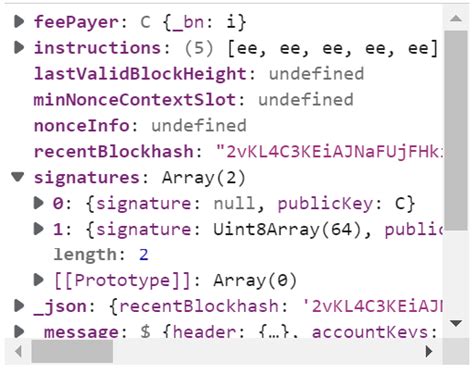Solana Web3.js: Understanding the Evolution Between V1 and V2
As a developer building a Solana-based application with Nextjs, React, and Solana/web3.js, you are probably aware that the library has recently undergone major updates. Two major events stand out: Solana/web3.js v1 is no longer actively maintained, while v2 recently entered development.
Why this change?
In 2020, Solana web3.js was released under an open-source license, allowing for maintenance and improvement by the community. However, in July 2021, Solana announced that it would be moving to a new version of its actively maintained library: v2.
The main reason for this change is the growing popularity and adoption of Nextjs as a front-end framework. As a result, increased emphasis has been placed on optimizing the web3.js API for seamless integration with Nextjs. Solana/web3.js v1, being older and less actively maintained, cannot meet the demands of a large-scale decentralized application like yours.
Solana/web3.js v1: What to Expect
To better understand what lies ahead for Solana/web3.js v1:
- Security: The current version has security vulnerabilities that need to be fixed before it can be considered stable.
- Performance: While it may run faster than previous versions, its performance capabilities may not be as optimal as newer versions.
Solana/web3.js v2: What’s Coming?
As Solana announces that version 2 is actively maintained and has begun rolling out, you can expect many exciting features. These include:
- Improved Security: Improved security fixes to address vulnerabilities found in v1.
- Better Performance: Optimized for better performance, making it an ideal choice for large dapps.
Request
When choosing between Solana/web3.js v1 and v2, consider the specific needs of your project. While v1 is still actively maintained, its security vulnerabilities may not be a concern for all projects. However, if you need the latest features and performance capabilities, v2 is the right choice. With this knowledge, you can make an informed decision when choosing the best Solana/web3.js version for your Nextjs dapp.
Code Example

To give you an idea of how Solana/web3.js handles different versions, here is a simple example:
`javascript
import { Web3 } from 'solana-web3';
const web3 = new Web3(new Web3.providers.HttpProvider('
`javascriptIn version 2 the API would look like this:
import { Web3 } from '@solana/web3.js';
import '@solana/web3.js/4.7.0';
constant web3 = new Web3({
providers: [
{
URL: '
},
],
});
This example shows how you can switch between the two versions depending on the needs of your project.
Additional Tips
- Always review the documentation for versions 1 and 2 before making any changes to the codebase.
- Consider creating a migration guide to help new developers make a smooth transition from v1 to v2.
- Pay attention to community feedback as it can provide valuable insight into which version is best suited for your project.
By following these steps, you'll be well on your way to successfully integrating Solana/web3.js with Nextjs and React in your dapp.
Để lại một bình luận